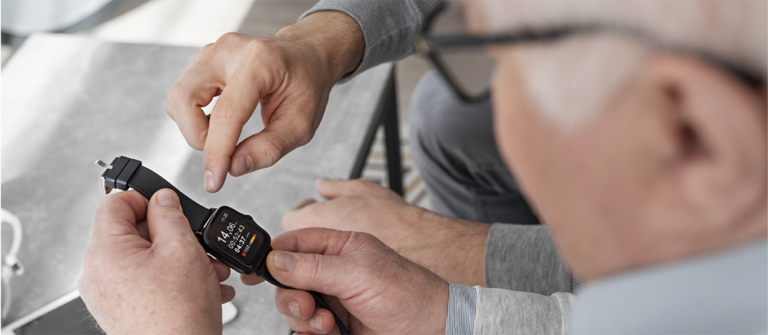
Medical alert systems are a beacon of security and comfort, especially for older adults and individuals with specific health concerns. These devices are a crucial link to emergency services at the touch of a button, instilling confidence in the users and their families.
Yet, before taking the plunge into acquiring a medical alert system, it’s essential to grasp these gadgets’ financial commitments. You can choose a system that fits your financial plan and requirements by examining the elements that sway the cost, uncovering ways to economize, and scrutinizing the offerings from leading brands.
Deciphering the Price Components
The expense of a medical alert system is shaped by several key factors that add up to its overall cost.
This variance hinges on the service provider and the assortment of features incorporated.
Besides the periodic monthly fees, there might be upfront costs for the equipment, ranging widely from $50 to $350. This range is influenced by the system’s complexity and any extra gadgets that might be necessary. Leasing the equipment instead of purchasing it outright can alter monthly financial obligations.
An activation or setup fee is another financial aspect to consider, with some companies imposing charges of up to $200 to get the system up and running. However, it’s worth noting that these fees are often subject to negotiation or elimination, particularly during special promotions.
Adding sophisticated functionalities, such as automatic fall detection, GPS localization, or apps designed for caregivers, can elevate the price due to the extra monthly fees these features attract.
Cost-Effective Strategies for Medical Alert Systems
Investing in a medical alert system is a step toward ensuring personal safety and peace of mind. However, it doesn’t have to be a financial burden. Here are some savvy ways to mitigate costs while maintaining the protection you need:
- Opt for Annual Payment Plans: Securing a year-long service contract in one payment can unlock discounts that monthly payments don’t offer. This approach often leads to considerable savings over time.
- Explore Insurance and Medicaid: While it’s true that Medicare might not cover these systems, don’t overlook the possibility of reimbursement through private insurance or Medicaid. Some plans do offer coverage, making it a worthwhile avenue to investigate.
- Look Out for Sales and Promotions: Special deals, holiday discounts, and promotional offers can significantly reduce device costs and service fees. Keeping an eye on these can lead to timely savings.
- Seek Local Assistance: Various community and government programs exist to support seniors and those with disabilities in acquiring medical alert systems. Reach out to organizations like the Area Agency on Aging in your area to discover any financial aid you qualify for.
- Shop Around: Jumping at the first option could mean missing out on a better deal elsewhere. Compare the services, features, and prices from several providers to ensure you get the best value for your investment.
- Focus on What’s Necessary: Getting caught up in the additional features offered by medical alert systems is easy. However, prioritizing your essential needs over desirable extras can reduce costs without compromising safety.
By adopting these strategies, you can secure a medical alert system that offers both affordability and reliability, ensuring you or your loved ones remain protected without overspending.
Making a Thoughtful Choice
The search for the perfect medical alert system may seem overwhelming, but armed with the correct information and a strategic approach to costs, you’re well-equipped to make a choice that suits your budget and safety requirements.
The true worth of a medical alert system isn’t in its price but in the assurance and readiness it provides in emergencies. By weighing the options carefully, asking pertinent questions, and prioritizing needs over wants, you’re on your way to selecting a system that fits your financial situation and offers the security and convenience you value.
Take your time to review your options thoroughly, engage with providers, and select a system that champions your or your loved ones’ safety and well-being. With thoughtful consideration and strategic planning, you can embrace the benefits of a medical alert system while managing costs effectively.
Sources:








